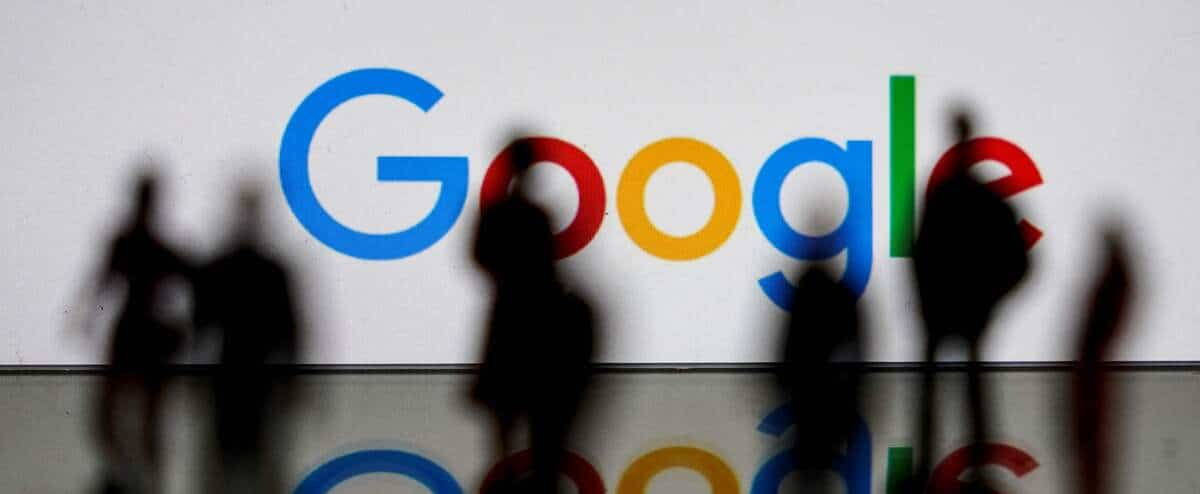After a hasty departure earlier this year which caused Alphabet to lose 8% of the stock market value, Google took the time this time to refine its brand new chatbot (chatbot) Bard who has just been reborn, for good this time.
At Google’s I/O Developer Conference, the company announced several new features for its chatbot, Bard.
The company hopes to reintroduce the chatbot with a more favorable reception, in particular with the addition of new languages, including Japanese and Korean.
Bard can now support multimodal queries, allowing users to embed images in their posts or have Bard explain them.
Google Workspace
Bard’s extended applications to Google’s consumer ecosystem
Google is also releasing extensions for Bard, including from its own apps and services such as Maps, Sheets, Gmail, and Docs, and working with third-party partners to integrate their services with Bard.
The internet search giant is also expanding Bard’s coding capabilities, powered in part by Google Lens, including code generation and snippet debugging.
The chatbot can now pop up images in its replies, show users the most popular tourist spots, and map results with Google Maps.
Image processing with Adobe
Also, Google partners with Adobe for creating artwork through Bard. Kyle writes that “Bard users will be able to generate images through Firefly and then edit them using Express. In Bard, users will be able to choose templates, fonts and stock images, as well as other resources from the Express library”.
Bard now has a dark mode, and the company is expanding its ability to export Python code to Replit, a browser-based IDE. However, Google’s initial goal was to integrate generative AI into most of its products, and the chatbot, which may disrupt Google’s search business, was probably not what the company wanted. privilege. If Google had wanted to, it could have integrated Bard into its search engine. Microsoft managed to do it with Bing AI, after all.
Still, with the market forcing Google to respond, Bard could become a big player in the chatbot space, competing with existing chatbots such as ChatGPT, Microsoft’s Bing AI, and several more that are looming on the horizon.


